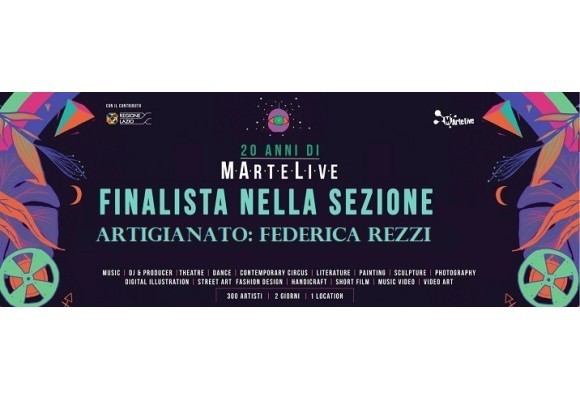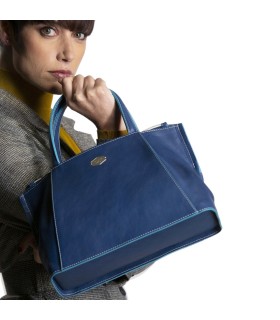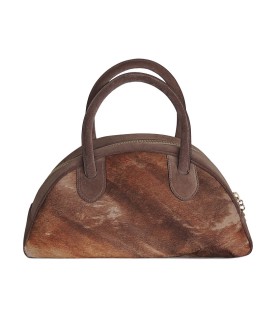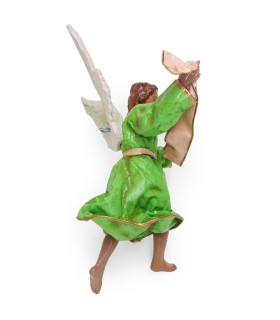Artisan museums in Piedmont - part 1a
In Piedmont despite the strong industrial development that took place in the past centuries, efforts were made to maintain and revive the many forms of craftsmanship of the past, through cultural activities and museum installations scattered throughout the area.
In the province of Turin, the craft of the master coppersmith was widespread in Alpette, in the Orco valley and Val Soana thanks to the presence of five copper mines. It was no coincidence that Alpette was called the land of coppersmiths and the streets of the town were animated by the tinkling of hammers that modeled entirely by hand the semi-finished copper brought from the various forges in the area.

Today, with the Copper Museum in Alpette and the Fucina da Rame Museum in Ronco Canavese, we want to highlight the phases and history of these processes. In the first, you can admire the work of the coppersmiths from Alpetta through an exhibition of 800 pieces divided into four categories:
- Copper objects from the late 1800s used for domestic use and for milk processing
- Objects used for peasant work equipment for copper processing
- Copper school laboratory with original equipment for processing and practical demonstration
In the second, in a 17th century factory used for this purpose, it will be possible to visit the copper forge and ideally retrace the ancient phases of the working process of the same, the steel techniques of the pre-industrial period and the uses in the daily life of finished products through multimedia contents present in the didactic laboratories.

Also in the province of Turin, in Chieri, we find the Textile Museum, built in 1997 with the aim of promoting the Chieri textile tradition, dating back to the thirteenth century, and enhancing the companies of this production center. In addition to the numerous documents that testify to the technological renewal process of the textile industry, visitors, thanks to private collections and donations from entrepreneurs, will be able to see tools, spinning wheels, hand looms and accessories used in the production phases.
Currently the oldest looms present date back to the sixteenth century and the organization aims to be able to collect and exhibit the other textile machines up to those of the mid-1900s, highlighting the various technological modernization paths. Particular attention is also paid to the machines of the period 1830-1910, which received a profound technological modernization, thanks to the transition from manual power to electric power.
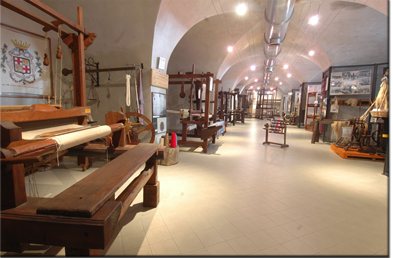
Less than 50 km, in Pianezza to be precise, you will have the opportunity to witness the various phases of manual weaving, cordoning and work at the counter of the ancient factory of the Vittorio Massia Trimmings, which since 1843 has been producing and restoring trimmings and fine fabrics.
In the first part of the rooms, dedicated to technique and production, the visitor will be able to see the looms that in chronological and technological order have characterized the technical evolution undertaken by the textile industry in the last three centuries, such as:
- Hand loom with four-heddle frame (1780)
- Hand loom with six-heddle frame (1780)
- Hand loom (1780) with Jacquard setting by 104 Marucchi (1860)
- Hand loom (1910) with Marucchi 13 heddle dobby frame (1840)
- Marucchi hand loom (1880) with Jacquard frame from 440 Mambretti (1900)
- Loom for Gilardi ribbons with Jacquard frame from 440 Mambretti (1920)
- Crochet looms with various types for weaving chevrons and fringes (1940)
- Numerous support machines for the manufacture of semi-finished products
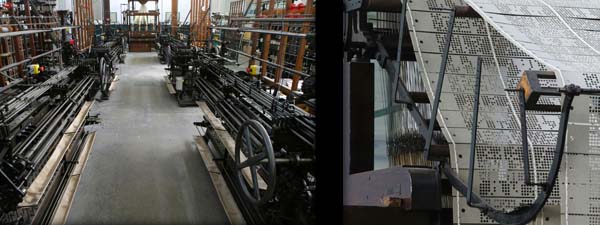
You will also be able to attend the various stages of production and production techniques at the counter, from the preparation of the semi-finished products to the final assembly, which can be carried out at the time of the visit.
The second part, on the other hand, is devoted to the expository, historical and bibliographic part; it will be possible to consult all the publications relating to trimmings and to admire various ancient books on weaving.

In Asti in the ancient Charterhouse of Valmanera, built in the 11th century, you can find a museum created with the Scassa tapestry collection consisting of tapestries woven on sketches of paintings by the major Italian and foreign painters: Cagli, Capogrossi, Casorati, De Chirico, Guttuso, Mastroianni, Mirko, Spazzapan, Tadini, Turcato, Vedova, Zancanaro, Dali ', Ernst, Kandinsky, Klee, Matisse and Miro', created by combining the tradition of the high heddle technique with the hardcover of great Italian and international painters.

The structure aims both to raise awareness of the Asti area and to transmit the art of master Scassa, also through the establishment of a professional training school in tapestry.
Ugo Scassa, tapestry maker and modern art lover, began his business as a weaver in 1957, first producing rugs only based on the designs of great artists and then moving on to the production of tapestries.
In 1960 with his tapestry he manages to get noticed nationally by winning the competition for the decoration of the first-class party room of the Leonardo Da Vinci turbo-ship. From that moment he began a successful collaboration with Corrado Cagli, an Italian painter (1910-1976) which over the years led him to an intense production work, up to now of over 220 tapestries.

For more information
Hours and openings
Museo Fucina da Rame a Ronco Canavese
Fabbrica della Passamaneria Vittorio Massia
Collezione dell’arazzeria Scassa
Photographic material is taken from the previous links and from www.tripadvisor.it / www.lastampa.it
Lucrezia Piscopo Art, winning project of the Lazio MarteLive 2021 regional final
Interview with Federica Rezzi G, winner of the Lazio MarteLive 2021 final, crafts section
From tradition to today, a special gift for a special professional
The beautiful works of Klimt on the ceramic eggs of La Terra incantata
Valentina Musiu and VALEgnameria, art and craftsmanship in a dynamic and colorful mix
Lunamante Goldsmith workshop, the Covid don't stop creativity



